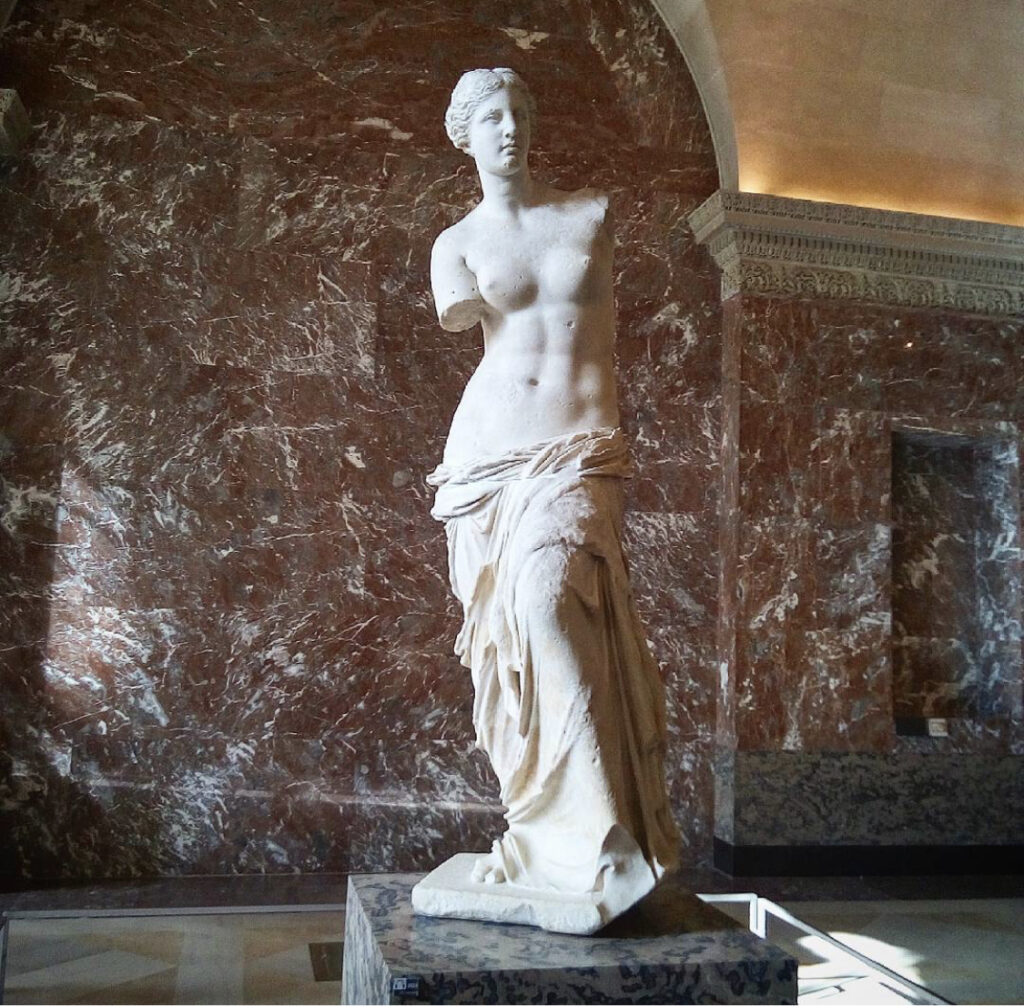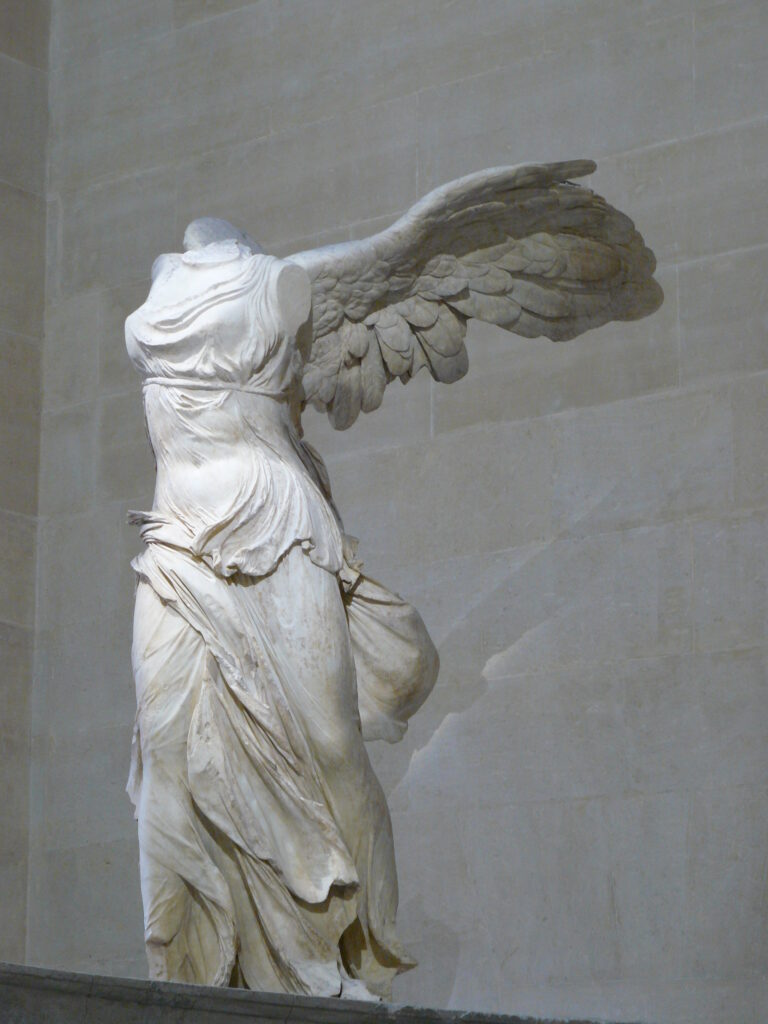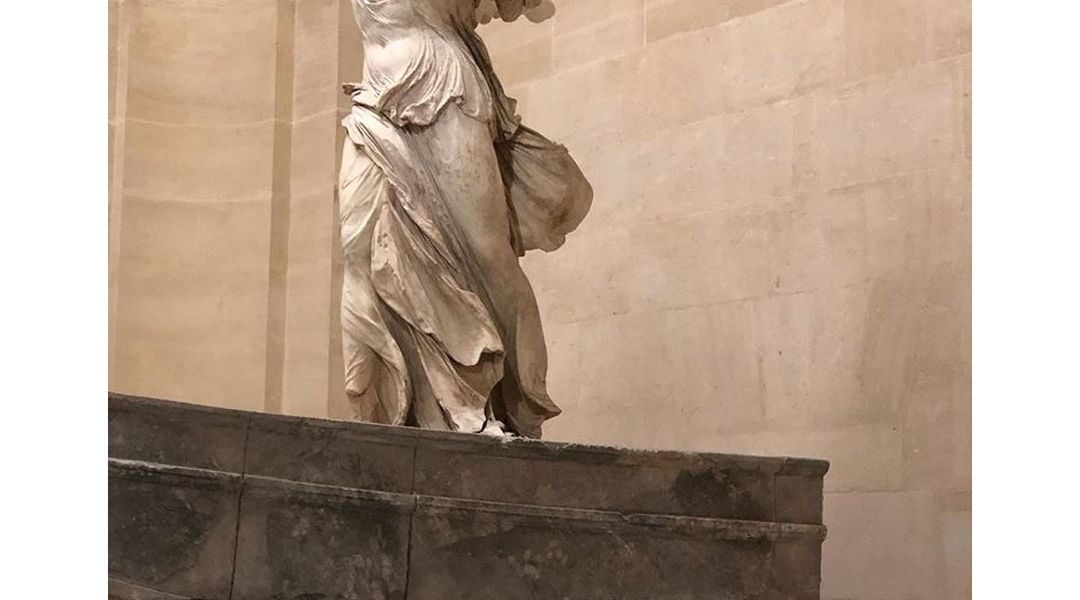While much has been made for decades about Greece’s fruitless quest to have the British Museum return the stolen Parthenon sculptures, Greek governments haven’t made an earnest effort to get the Louvre to send back the priceless statue, the Venus de Milo – Aphrodite – taken from the island of Milos or the Winged Victory statue plundered from the island of Samothrace.

Aphrodite, who Greek historian Dimitris Fotiadis said 200 Greeks, including some on Milos in 1820, died trying to prevent the French from taking away as they were under the protection of the ruling Ottoman Occupation that let Greek treasures be sold off.
Fotiadis, who wrote the six-volume History of the Greek Revolution of 1821, said the statue was found accidentally by a Greek farmer, Georgios Kentrotas, in his plot of land.
Louis Brest, the French Vice-Consul on Milos, bought the statue for a pittance from Kentrotas after the suggestion of French naval officer Olivier Voutier. But when islanders found out about it they tried to keep the statue from being loaded onto a French ship.
French soldiers, said the historian, fired at the angry islanders, killing several, and the invaluable statue was put on the ship and taken away as hundreds of islanders followed on small boats in a desperate, failed rush to stop it.
When the French ship docked in Piraeus, the Milos islanders and some 1,000 other Greeks tried to stop the ship from leaving. They were informed about the statue and gathered at Piraeus but in a clash with the crew more than 200 were killed, the historian said.
It’s an episode in Greek history that curiously remains under wraps, unlike the statue of Aphrodite, regarded as perhaps the greatest in the world, that is on display in the Louvre and not on the island of Milos or in Greece.

Just like the Winged Victory of Samothrace.
Sadly, Greek independence did not stop western Europeans from taking Greek statues since, throughout the nineteenth century, large portions of the Greek homeland remained under Ottoman rule.
In 1863, the French diplomat Charles Champoiseau travelled to the Greek island of Samothraki, which, at the time, was still under the control of the Ottoman Empire.
There, he conducted a small-scale, amateur excavation of the Sanctuary of the Great Gods. During this excavation, Champoiseau’s team uncovered the majestic remains of a Hellenistic marble statue of Nike, the ancient Greek goddess of victory.
Without asking permission from anyone as far as I can tell, Champoiseau had the statue shipped back to France, where, in 1867, the figure was installed in the Louvre Museum. The Winged Nike of Samothrace has since become revered as one of the most significant surviving examples of original Hellenistic Greek sculpture.
It remains one of the Louvre’s most popular attractions. Naturally, Greek people—especially inhabitants of the island of Samothraki—have campaigned for the Winged Nike to be returned.

